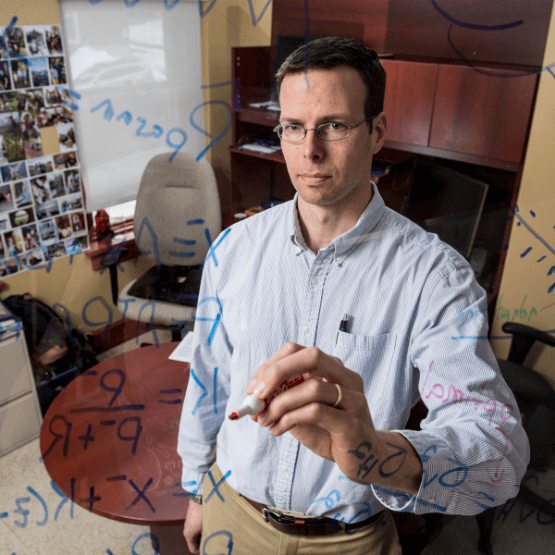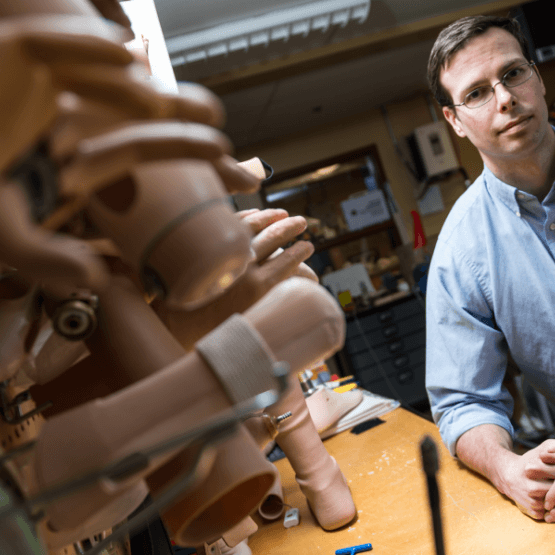Jon makes it easier for people with amputations to control their prostheses.
Dr. Jonathon Sensinger is a professor of electrical and computer engineering at the University of New Brunswick in Fredericton and director of the university’s Institute of Biomedical Engineering (IBME). Since 1965, the institute has been producing leading research and real-world solutions for patients. It’s known as one of three international leaders in prothesis control.
An innovator in the field of biomedical engineering, Dr. Sensinger was recruited to UNB in 2013 from the USA’s top rehabilitation hospital, the Shirley Ryan Ability Lab where he was director of the Prosthesis Design and Control Lab.
Dr. Sensinger holds a doctorate Biomedical/Medical Engineering from Northwestern University and a Bachelor of Science in Bioengineering and Biomedical Engineering from the University of Illinois Chicago. He is also co-founder of Coapt LLC, the first company to commercialize artificial intelligence algorithms in prosthetic arms.

